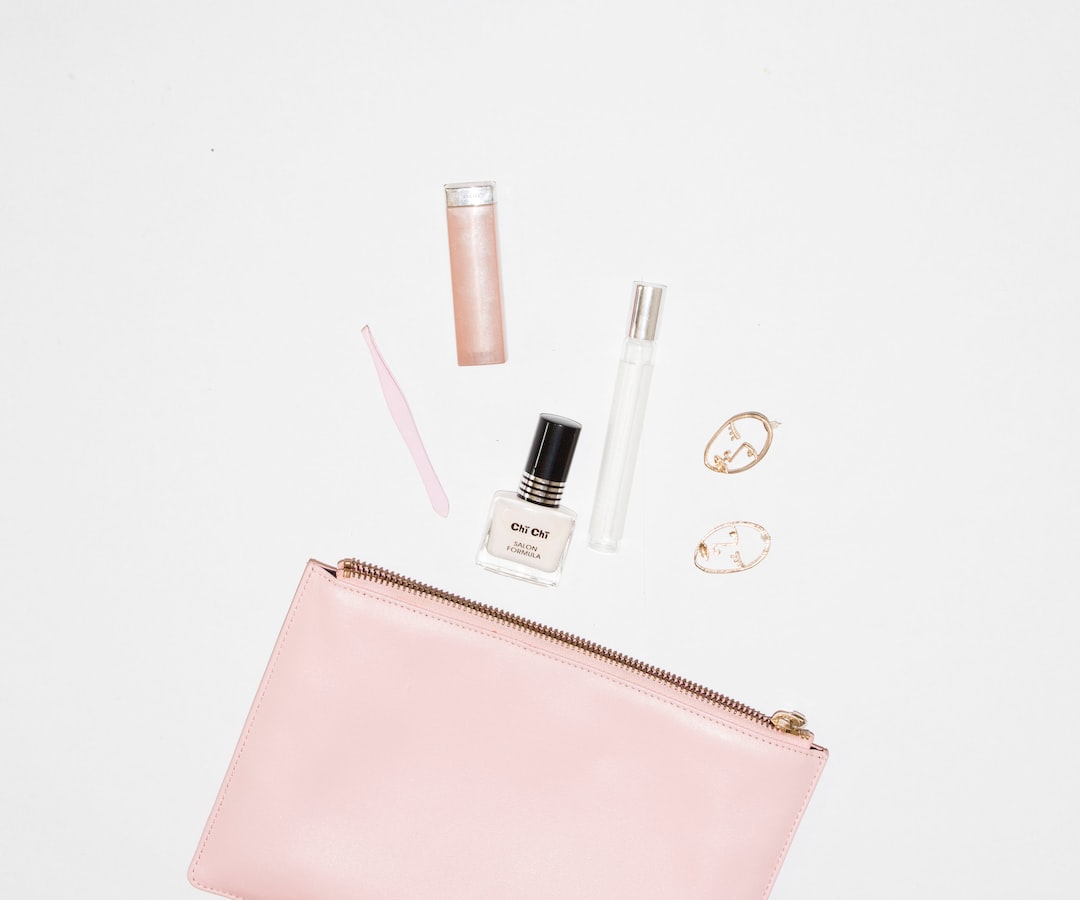The Rise of Clean Beauty: What You Need to Know
In recent years, there has been a remarkable rise in the popularity of clean beauty products. More and more people are becoming conscious of the ingredients in their skincare and makeup products, and are seeking out cleaner alternatives. But what exactly is clean beauty, and why should you care?
Clean beauty refers to products that are made with non-toxic ingredients, free from potentially harmful chemicals such as parabens, sulfates, and synthetic fragrances. These products are also often cruelty-free and sustainable, making them not only better for your skin, but also for the environment.
One of the main reasons behind the rise of clean beauty is the growing concern about the potential health risks associated with traditional beauty products. Many studies suggest that certain chemicals commonly found in cosmetics can disrupt our endocrine system, cause allergies, or even contribute to the development of cancer. Understandably, people are now more cautious about what they put on their skin, especially since our bodies absorb a significant amount of the products we apply.
Moreover, clean beauty brands are often more transparent about their production processes and ingredient sourcing. They place emphasis on sustainability and ethics, ensuring that their products are not only safe, but also environmentally friendly. This is particularly appealing to consumers who want to make more conscious choices and support brands that align with their values.
The rise of clean beauty has also been fueled by the growing demand for natural and organic products. Many people are now aware of the benefits of using ingredients derived from nature, such as plant extracts and essential oils, to nourish and soothe the skin. Additionally, clean beauty products are often formulated without harsh preservatives, making them suitable for those with sensitive skin.
If you’re considering transitioning to clean beauty products, it’s important to know that it can be a gradual process. Start by identifying the products that you use most frequently and look for clean alternatives for those first. Educate yourself about common harmful ingredients to avoid, and read product labels carefully. Many clean beauty websites and blogs offer helpful guides and product recommendations to make the switch easier.
While clean beauty may have once been seen as a niche market, it is now gaining mainstream recognition. Beauty retailers are increasingly dedicating shelf space to clean beauty brands, and established companies are reformulating their products to meet the demands of this growing market. This means that finding clean alternatives to your favorite products has never been easier.
In conclusion, the rise of clean beauty is not just a passing trend, but a movement towards healthier, more conscious choices in our beauty routines. By opting for clean beauty products, you can prioritize your health, support sustainable practices, and contribute to a cleaner, greener world.

